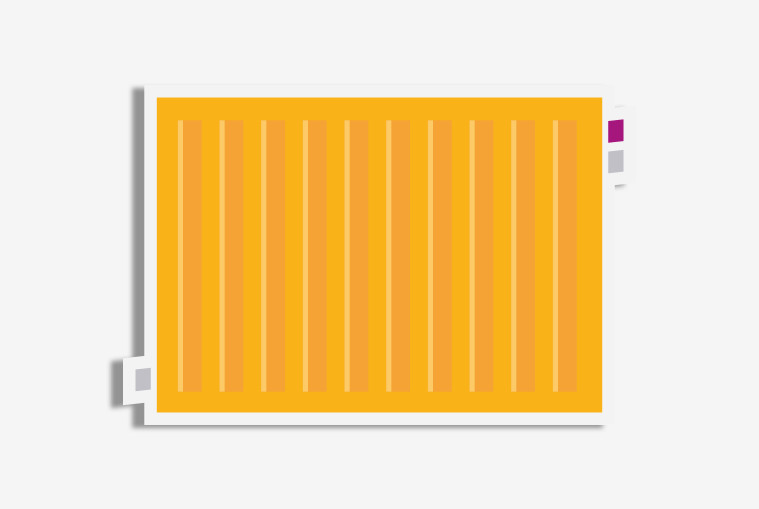16th June 2022
Have you noticed any cold patches in your radiators lately? Over time, debris can build up in your central heating system, potentially impacting its efficiency. If your radiator stays cold even when the boiler is on, a flush may be in order. A power flush is a standard process – in particular when a new boiler is installed – used to remove rust and debris, leaving your boiler, pipes and radiator clean and clear.
How it works
Powerflushing is usually carried out on old radiators by a qualified engineer, who attaches a pumping unit to the central heating system. The pump combines a high flow with low pressure, allowing cleaning chemicals to circulate throughout the heating system. These chemicals flush away all the debris and sludge that’s built up over years of use. Descaling materials are flushed through the system to remove limescale, and a corrosion inhibitor is often added to the mix in order to prevent rust from forming in the future.
Contaminated water is then removed and disposed of by the engineer as part of the power flushing process. If your radiators have particularly stubborn deposits or blockages, tools are used to dislodge these. A power flush is typically completed in one day, lasting between six and ten hours. This will depend on the age of your heating system, the number of radiators involved, and the extent of the build-up.
When do you need a power flush?
Generally speaking, old radiators are more likely to be in need of a power flush. If you stick to an annual servicing plan, your heating system will only need a professional deep-cleaning power flush once every five years. This may vary according to your system and boiler type. If your boiler uses copper heat exchangers, these have a tendency to corrode at a faster rate than stainless steel.
Are you wondering “do I need a power flush?” Here are a few tell-tale signs that it may be time:
- Your radiators take longer than usual to heat up
- Radiators produce discoloured water when you bleed them
- Cold patches
- Unusual noises
- Noticeable differences in radiator function
These are just a few red flags that could indicate it’s time to call in an engineer. If the pipes are hot but your radiator’s cold, this could indicate a blockage, while cloudy tap water could indicate a limescale build-up. These are issues that could potentially be fixed with a power flush.
It is also important to note that a power flush may be required when installing a new boiler since the manufacturer’s warranty may otherwise become void.


